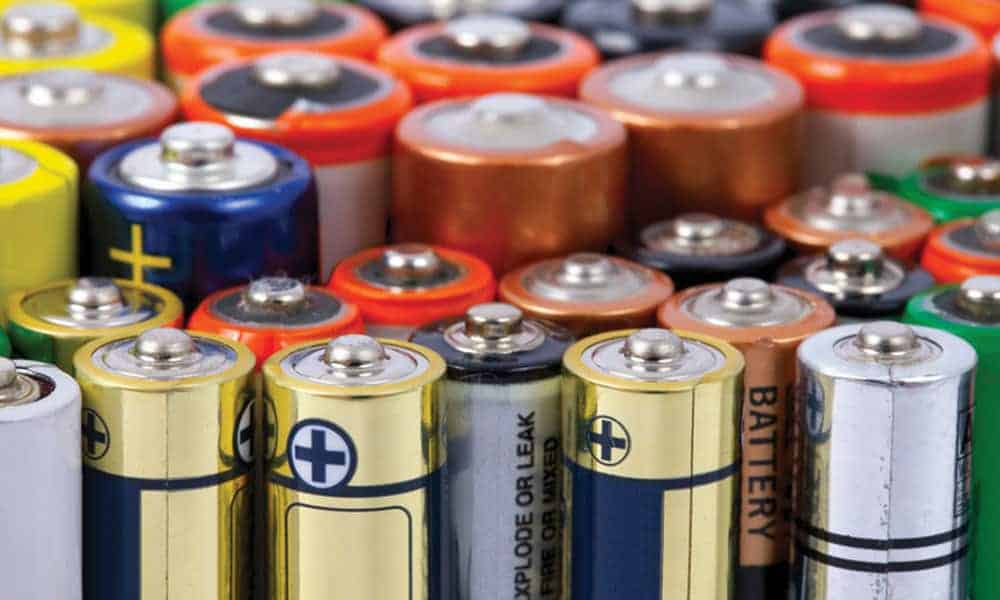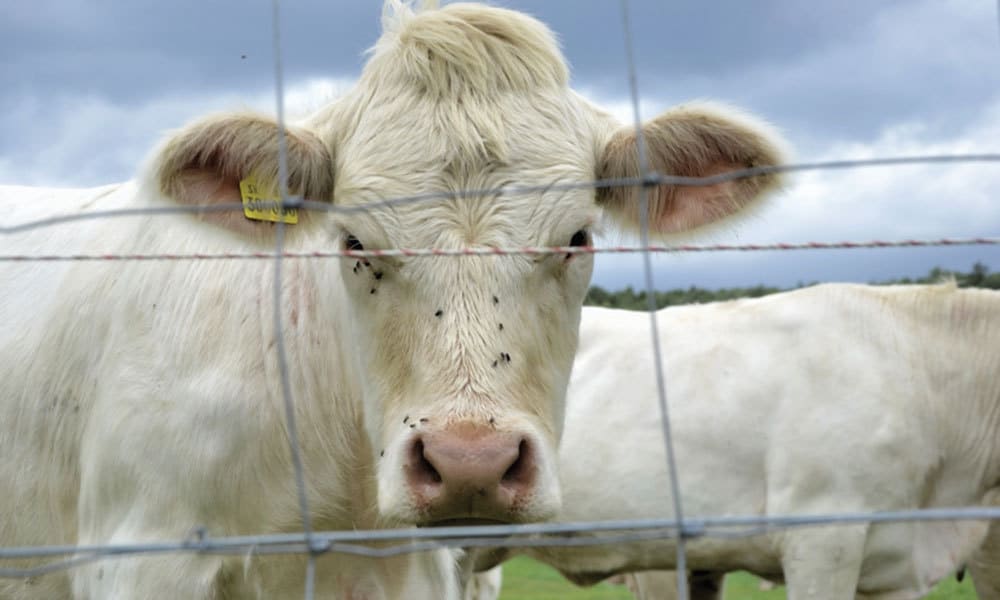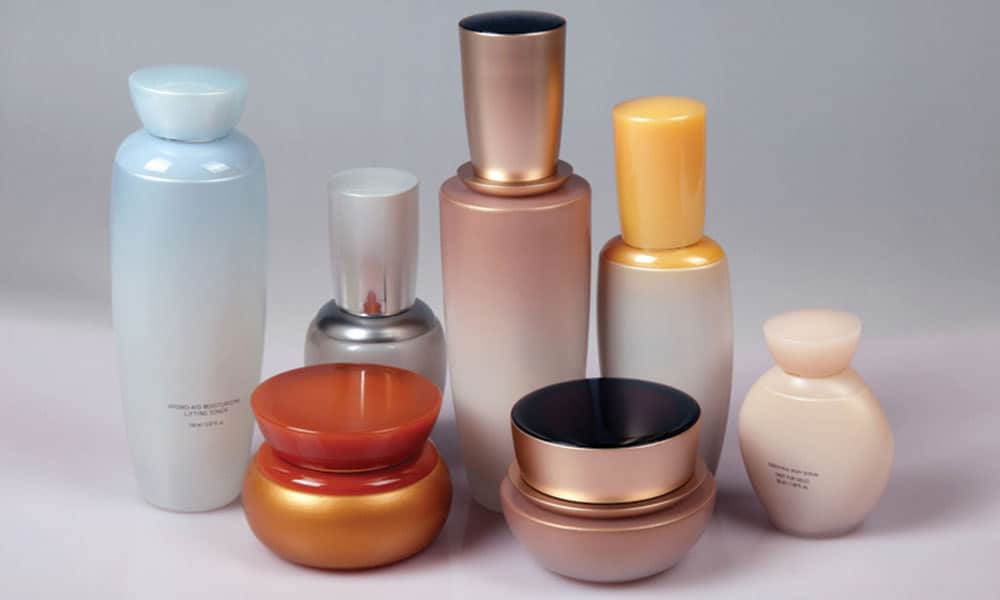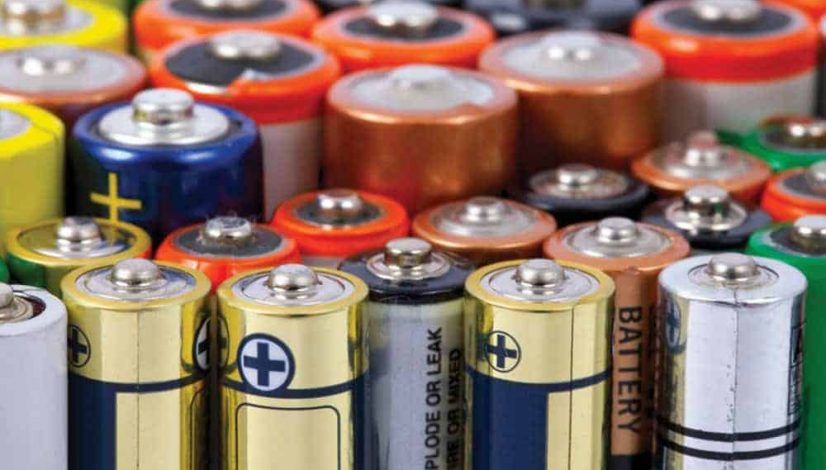Hemp All Around Us
This feature has been published in High Times magazine. Subscribe right here. Written by Frank Gregory
Batteries

With chronic complaints of iPhone lithium batteries dying way too quickly, it’s obvious that energy-storage technology needs to evolve—and cannabis may spur this along. Alternet reports that researchers are focusing on using cannabis products to produce more efficient supercapacitors. The engineering is quite complicated, but the key is the development of nanosheets using hemp fibers, in much the same way that graphene, a strong electrical-conductor material, is used. Hemp is much less expensive, so production costs could drop and, hopefully, so could the price of the batteries and chargers.
Eyewear
 Hemp Eyewear, located in Edinburgh, Scotland, was founded by Sam Whitten and produces hemp eyeglass frames. More lightweight than plastic frames, which typically weigh around 1.5 ounces, hemp frames reportedly weigh half of that. Each of the frames has its own unique plant-fiber pattern, in a choice of five different styles. While the lenses are still plastic, the company recently announced it is taking the business to the next level by adding prescription and sunglass lenses to a new and improved collection. “We want to ease the burden of plastics on the environment,” Whitten says.
Hemp Eyewear, located in Edinburgh, Scotland, was founded by Sam Whitten and produces hemp eyeglass frames. More lightweight than plastic frames, which typically weigh around 1.5 ounces, hemp frames reportedly weigh half of that. Each of the frames has its own unique plant-fiber pattern, in a choice of five different styles. While the lenses are still plastic, the company recently announced it is taking the business to the next level by adding prescription and sunglass lenses to a new and improved collection. “We want to ease the burden of plastics on the environment,” Whitten says.
Building Materials
 Building materials are among the most exciting new cannabis-based products, especially in areas of the world where resources are limited. A concern is the threat to the mighty timber industry, but, on the other hand, preserving trees is a pretty good idea for ecological reasons. Certainly, hemp crops can be turned over much faster than forests. As an example, trees require about 20 years to grow into usable timber, while hemp only requires three months. In some climates, farmers can raise four hemp harvests annually. Materials such as concrete and plastics used for piping, wallboard and insulation can all be hemp-based.
Building materials are among the most exciting new cannabis-based products, especially in areas of the world where resources are limited. A concern is the threat to the mighty timber industry, but, on the other hand, preserving trees is a pretty good idea for ecological reasons. Certainly, hemp crops can be turned over much faster than forests. As an example, trees require about 20 years to grow into usable timber, while hemp only requires three months. In some climates, farmers can raise four hemp harvests annually. Materials such as concrete and plastics used for piping, wallboard and insulation can all be hemp-based.
Livestock Feed
 Raising livestock requires many resources: land, food and water, just to start. Hemp has been used around the world in livestock feed, and it’s been found to have a measurable impact on livestock products. Reportedly, cattle gain lean muscle mass from hemp content. Fatty acids and high oil content aid digestion, and farmers get more from their feed. As a result, cows produce energy-rich milk. Studies have concluded that hemp can cause chickens to lay eggs rich in omega-3 fatty acids. Opening up hemp production in America would decrease the cost of livestock resources and lead to production of better-quality products.
Raising livestock requires many resources: land, food and water, just to start. Hemp has been used around the world in livestock feed, and it’s been found to have a measurable impact on livestock products. Reportedly, cattle gain lean muscle mass from hemp content. Fatty acids and high oil content aid digestion, and farmers get more from their feed. As a result, cows produce energy-rich milk. Studies have concluded that hemp can cause chickens to lay eggs rich in omega-3 fatty acids. Opening up hemp production in America would decrease the cost of livestock resources and lead to production of better-quality products.
Beauty Products
 Beauty products containing hemp-seed oil for healing or cosmetic purposes are surging into today’s marketplace. Hemp-seed oil is a common component for many beauty products like hairstyling gel, skin and hand cream, and lip balm. While hemp-seed oil does contain miniscule THC levels, the processing of the seeds into oil removes all psychoactive properties. However, the antioxidants remain, such as vitamins A, C and E as well as omega-3 and omega-6 fatty acids. Products are absorbed directly through the skin and hair and not through the bloodstream.
Beauty products containing hemp-seed oil for healing or cosmetic purposes are surging into today’s marketplace. Hemp-seed oil is a common component for many beauty products like hairstyling gel, skin and hand cream, and lip balm. While hemp-seed oil does contain miniscule THC levels, the processing of the seeds into oil removes all psychoactive properties. However, the antioxidants remain, such as vitamins A, C and E as well as omega-3 and omega-6 fatty acids. Products are absorbed directly through the skin and hair and not through the bloodstream.
The post Hemp All Around Us appeared first on High Times.


